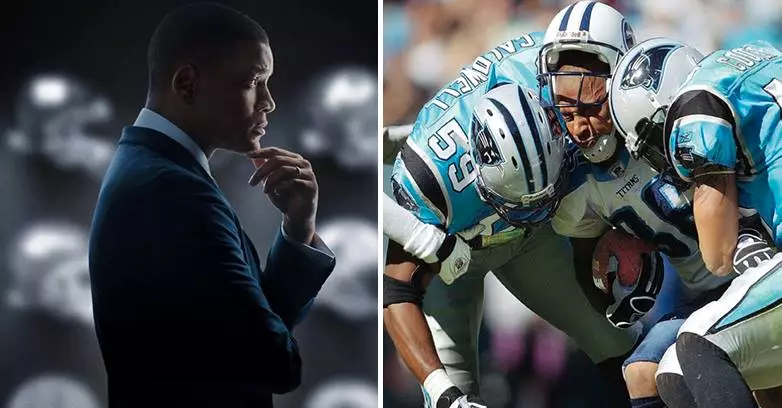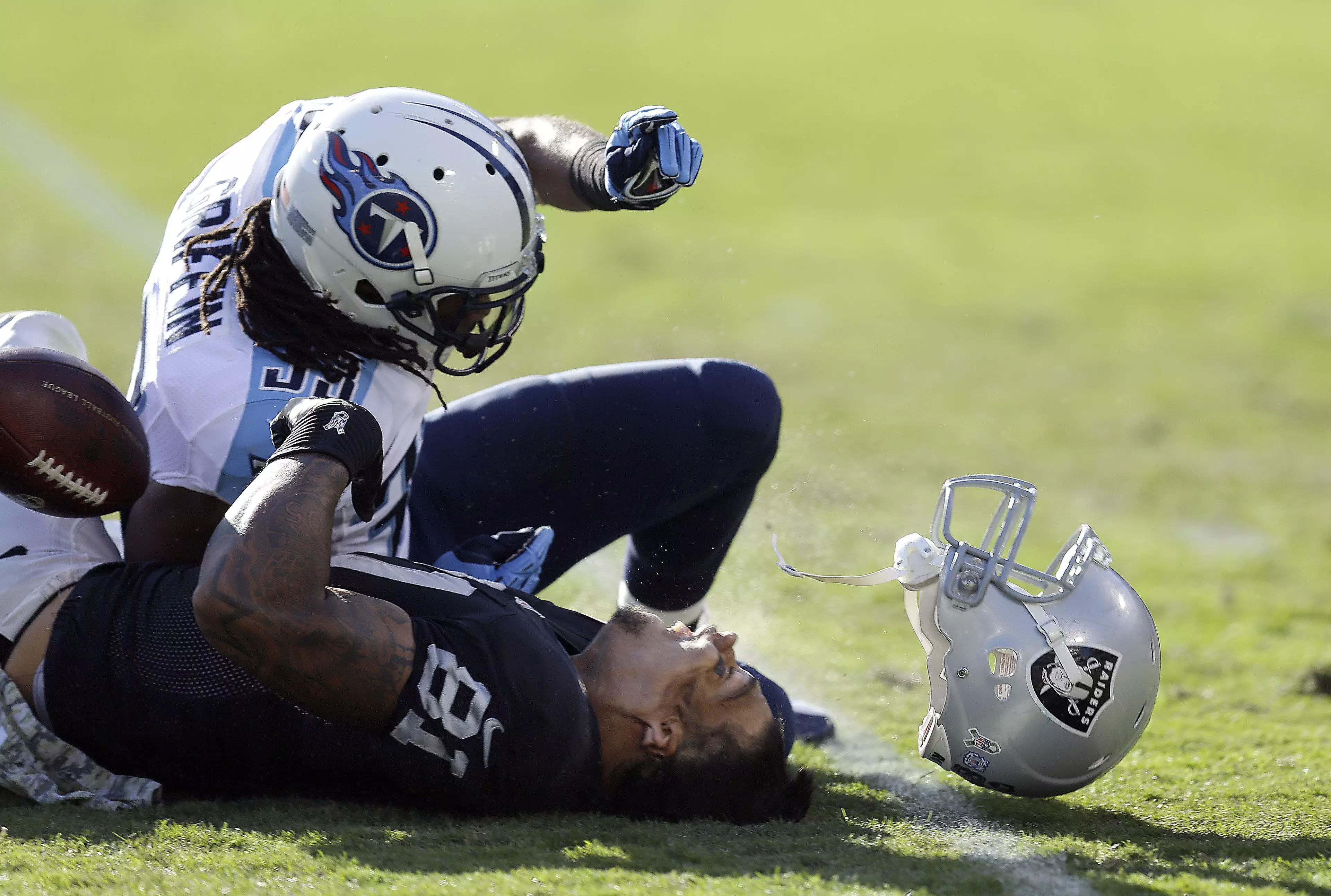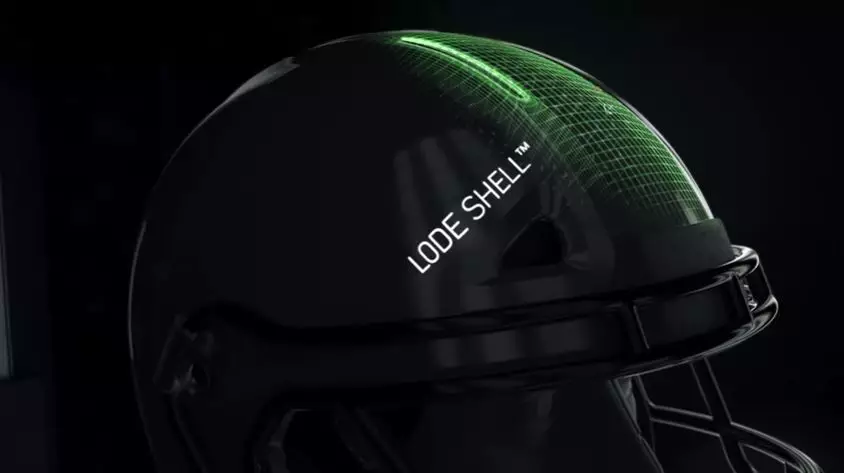
Concussion, the big 'C' word that the NFL are worried about.
In Jan 2016 NFL injury data results were that in 256 regular season games in 2015, there were 182. This comes around 14 years after Dr. Bennet Omalu discovered former Pittsburgh Steelers player Mike Webster had Chronic Traumatic Encephalopathy.
The disease, known as CTE, is a degenerative brain disorder caused by repetitive head trauma. Many years ago the term was seen mostly in boxers and was known as Dementia Pugilistica. Boston University has examined 90 cases of CTE in former NFL players to date.
Advert
The NFL has recently made it a mission to help negate the causes of this disease. They started a $60 million investment in new technology and research in concussions in football.

Part of that investment was an intellectual research challenge with three rounds looking at new technologies in diagnosis, prevention and identification and impact mitigating materials.
Where diagnostics and impact mitigating materials is an interesting insight into modern technologies, the preventative category has the most interesting.
Advert
The three winners
Vicis helmets:
Football helmets haven't had a long innovative history. Yes, leather helmets aren't used anymore and the introduction of face guards was a big change but other than that current helmets haven't changed much since the 1970s.Today's polycarbonate helmets are made to prevent specific injury, skull fractures and brain bleeds, which they do very well.
The current helmets have a hard outer shell mainly used withstand straight impact, the Vicis Zero 1 has a shell that compresses and an inner layer that buckles.
Advert
Columns of plastic that make up this structure are flexible in a rotational direction so as to be protective against glancing blows also. The inner membrane helps deflect and dissipate the energy similar to crumple chassis in cars.

Vicis's analogy is that Tiger Woods may go to get a custom set of golf clubs, but NFL quarterbacks receive the same helmets as anyone can get in a sports shop. They want to implement a custom fit with a host of technology.
NFL helmets today are a 'one helmet fits all' situation. The only interchangeable aspect is usually the face guard.
Advert
Should Vicis continue to be an effective alternative to current helmet models I would say their next step would be to design position-specific helmets that cater for the needs of the role, much like the adaptability of the shoulder pads.
Army research lab equipment tethering system:
The US Army Research and Development team have designed a system using an innovative material. The material is rate activated and tethers the helmet to the shoulder and chest pads.
Advert
It is similar to elasticated bands, however, these stretch at a rate dependent on the speed of force put on them. If the speed is slow they will stretch to allow movement, similar to chewing gum and then revert back to its original shape, but if the speed is fast i.e. in a collision, the straps will act as stabilisers and retain rigidity.

Via US Army Research Lab
This shock absorbing system still allows head movement without constraints but would protect the head moving too violently during impact. They have developed a fluid that, with excessive, force becomes a solid. The premise of this development is to reduce the injury potential of head-to-ground impact rather than head to head impact.
The crash test replicates a backward fall that causes the back of the head to strike the ground with high force and velocity. Basically, this is like using bungee cords to hold your outdoor equipment on to your car roof (and I just sounded like I was going on a road trip in the 90s). The research team also hopes to add this development to combat scenarios too.
Viconic Sporting underlayer for synthetic turf:
Bubble wrap is not only fun to play with but also a really good impact absorber for your fragile, boxed items. Now imagine a similar idea but underneath synthetic turf a layer of force absorbent protection helping to not damage your fragile brain.
This concept is currently in use in vehicle chassis but there is a lot of other usages for this plastic absorbent material. Hence, Viconic entered the Head Health Challenge and was awarded a grant to continue commercial development. The underlayer would go under synthetic turf across the NFL and down to grassroots football.
Image via Viconic
It's a protective layer that allows for heavy impact and a dissipated spread of energy on the ground, the shape of the plastic peaks allows it to retain its shape after impact so unlike bubble wrap can be reused.
This technology would still have to wait for some NFL stadiums to move to synthetic turf, only 11 have it currently. Not only is this a simple and effective technology but it is also extremely cost effective and highly portable. Viconic say that with this surface layer they can diminish G-levels by around 50%.
What's next?
These three winners from 'Challenge II' received $100000 to continue their research and move into commercial development. They join six winners from 'Challenge I' and a further five from 'Challenge III's' 1st round. 'Challenge III's' winner will be announced in early 2017.
What remains to be seen is how these developments will be integrated into the NFL and all levels of football. Not only that, would all of the technologies work together?
Is there any way to stop concussions in football altogether? And finally, what will be the future of football?
The NFL has a long way to go but it certainly is trying to fix the problem.
Words by Adam Broude.
Featured Image Credit: